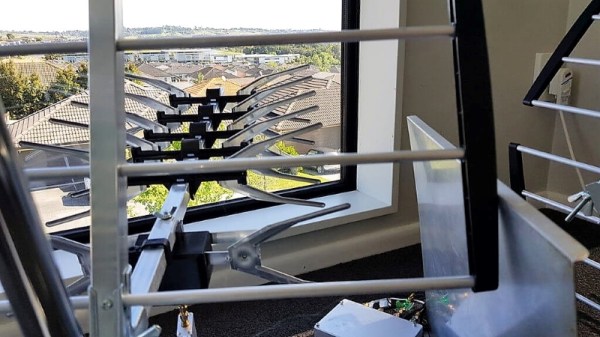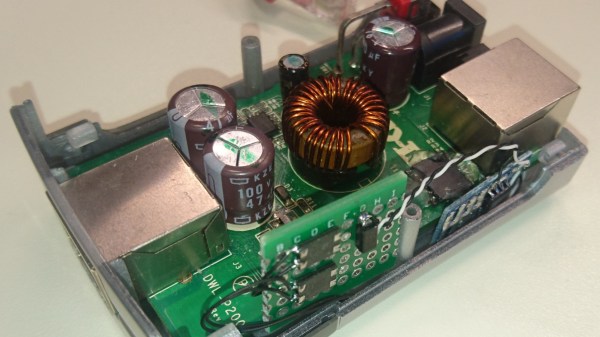Passive homes are a fairly recent trend in home building, but promise a future with minimal energy inputs in our day-to-day. One of the challenges in this year’s Hackaday Prize is to envision ways to add utility to earthen homes often used in refugee camps where there is a housing crisis. Adding passive utilities to these adobe buildings would be a fantastic upgrade, so [Cat] decided to tackle the challenge by creating a refrigerator that needs no electricity.
The the plan for the device works by using evaporative cooling to reduce the temperature in a small box which can be used for food storage. Of course, using evaporative cooling means that you need ready access to water and it likely won’t work in a humid or cool environment, but systems like these have been in use for centuries in plenty of places around the world. [Cat]’s plan is a little more involved than traditional methods of evaporative cooling though, and makes use of a specially painted chimney which provides the airflow when heated by sunlight.
The project is still in its infancy but it would be interesting to see a proof-of-concept built in a real-life passive house in an arid environment. Unfortunately, those of us in humid (or tropical) environments will have to look elsewhere for energy-efficient cooling solutions.






















